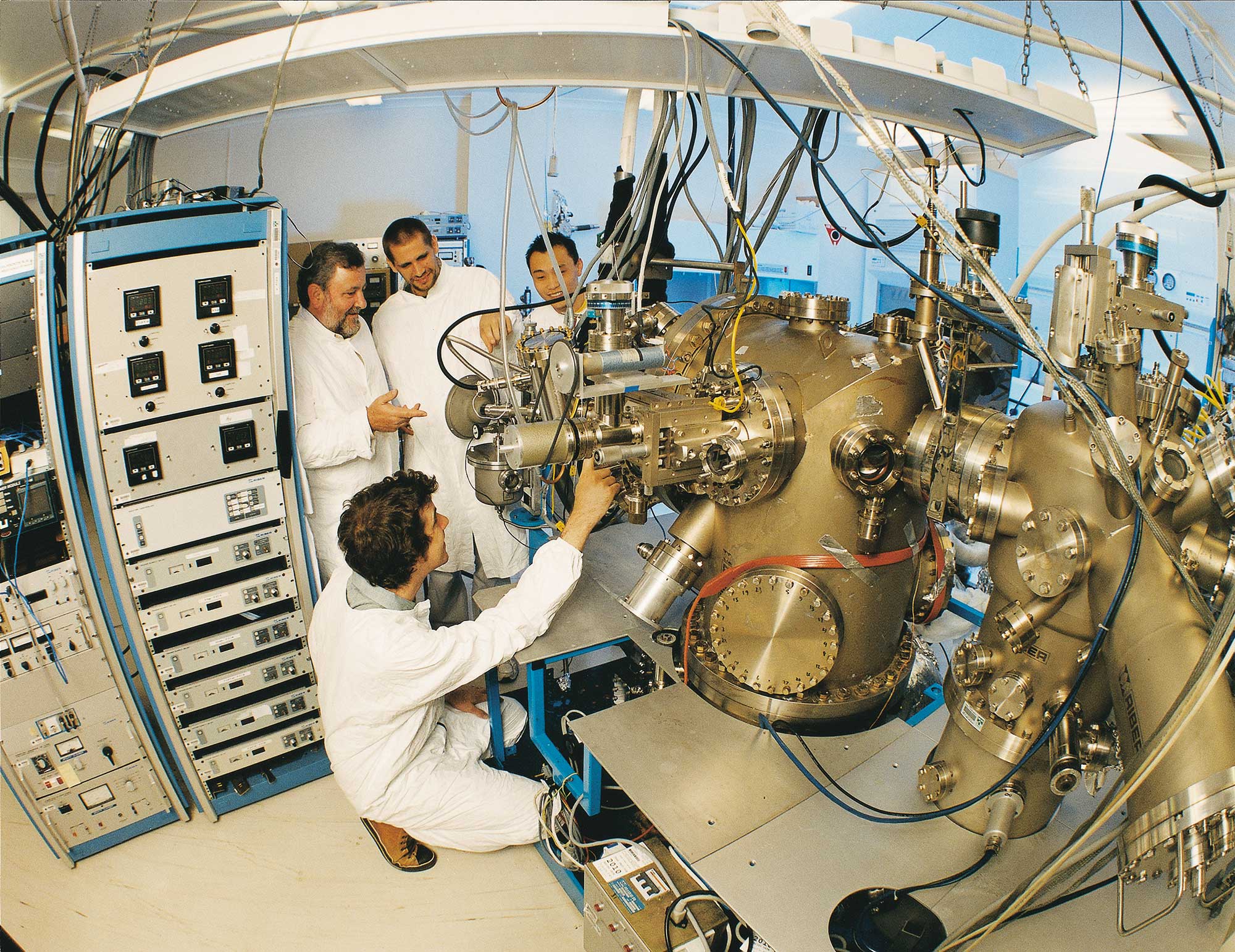
Atomic force microscopy (AFM) is one of the most versatile characterisation methods. AFM performs scanning probe microscopy, scanning the surface of a material with a nanoscale cantilever, either through direct contact or through oscillating the cantilever just above the surface. When the cantilever is positioned in close proximity to the surface, forces between the tip and the sample lead to deflection of the cantilever, which is then measured with a laser signal reflected to a photodiode detector. The properties of the material surface such as topography, mechanical properties and tip-surface interaction forces can then be generated leading to an understanding of the material surface at the nanoscale. AFM has a wide range of applications including nanoscale materials and surface characterisation, electrical materials characterisation, interaction forces and mechanical properties mapping. Bio AFM is useful for pharmaceutical studies, immunology studies, biosensing applications, antibody/antigen binding studies, as well as intra-molecular studies such as protein folding.


